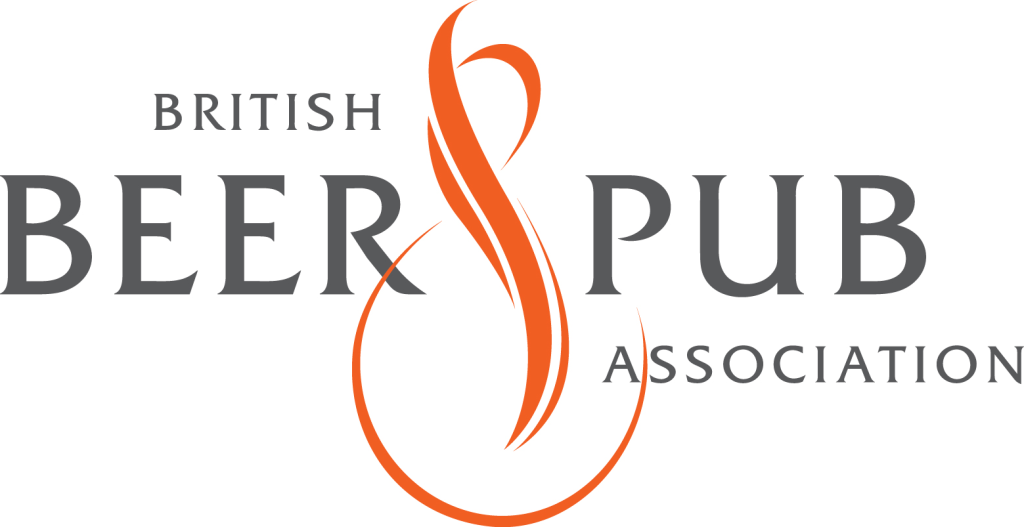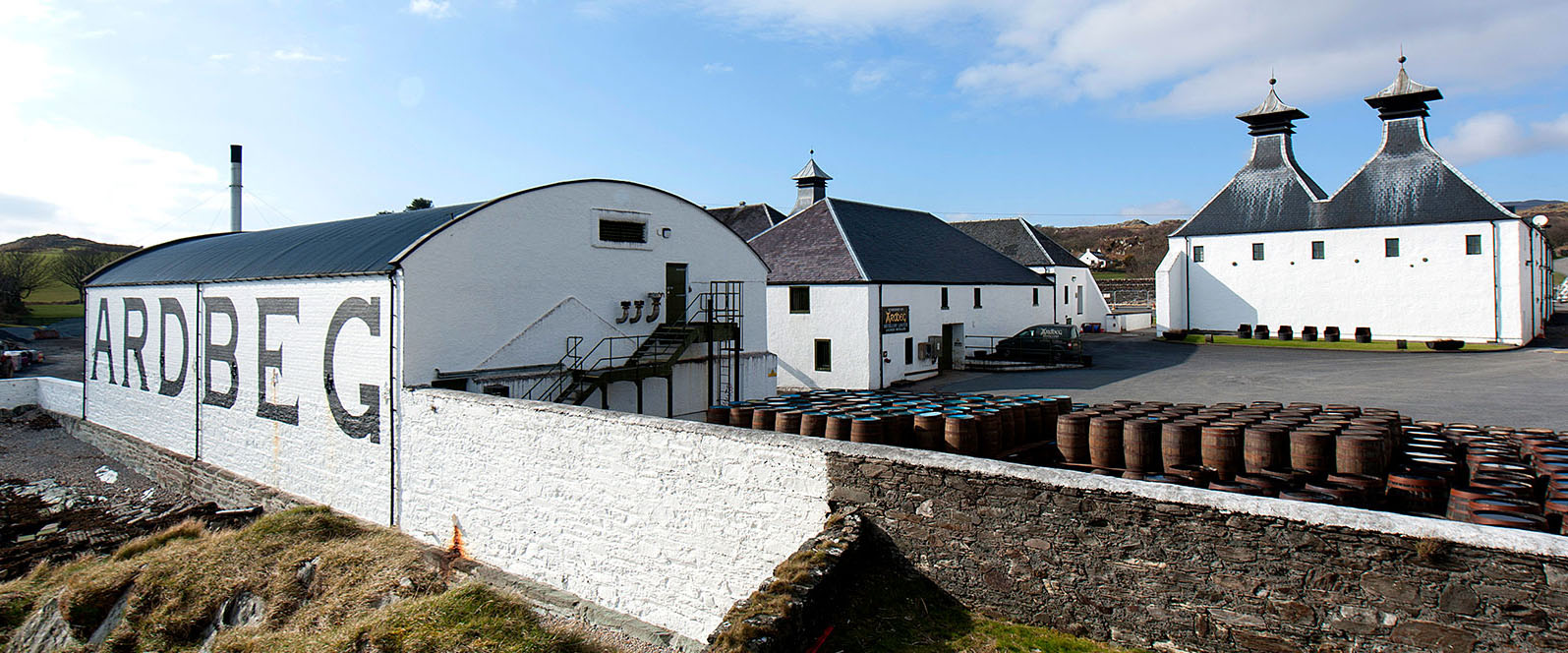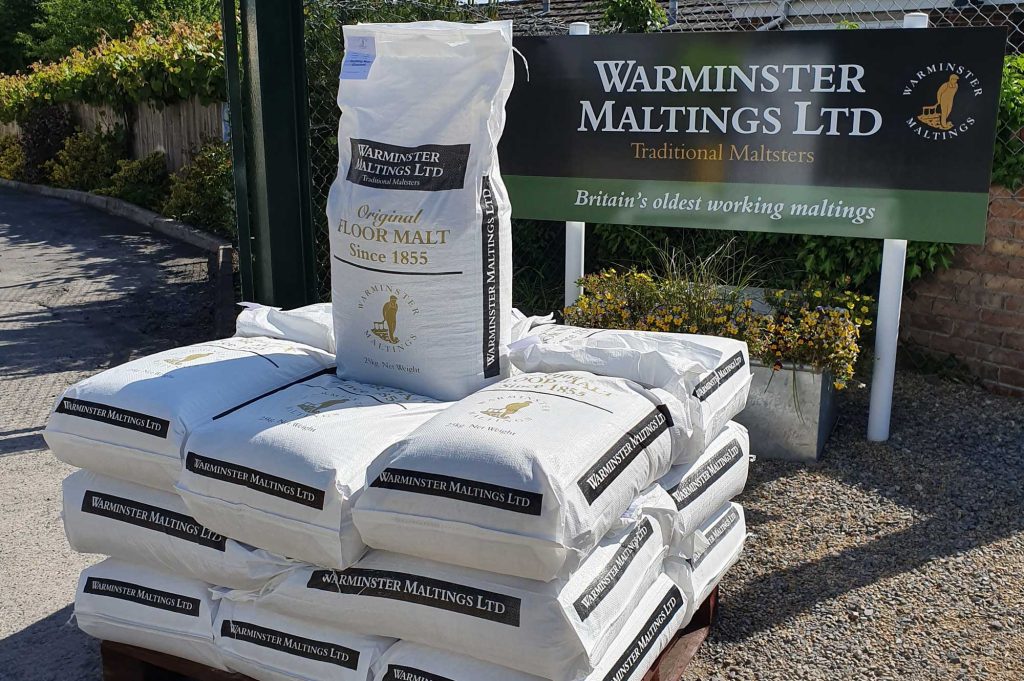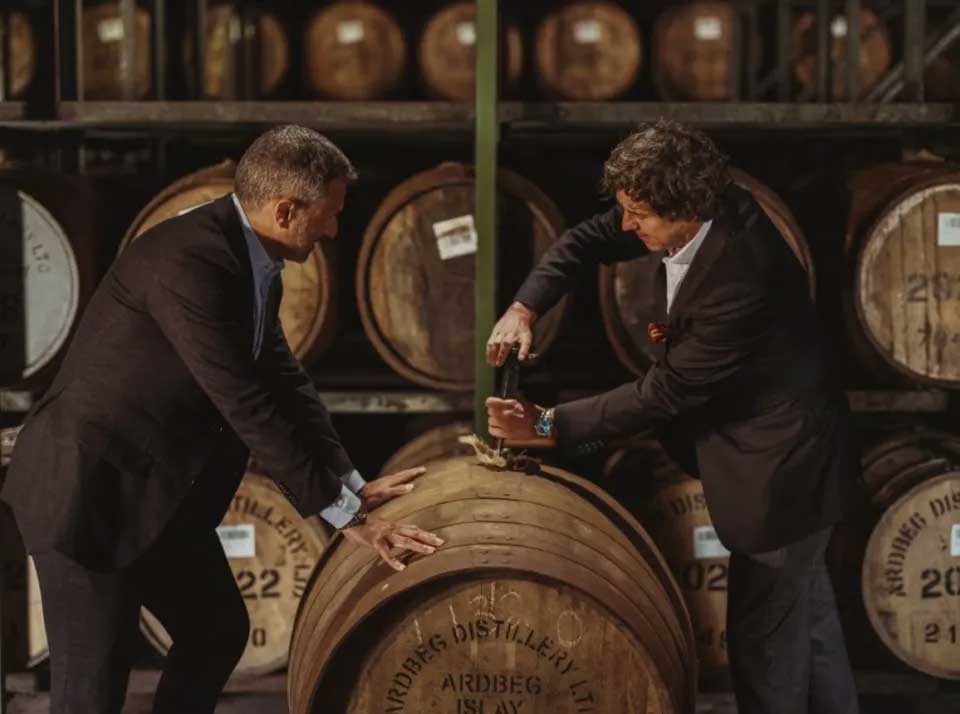
Craft Beer in Jeopardy?
We began this year with renewed optimism. We thought we were at last “out of the wood”, & we could look forward to a really busy 12 months, and perhaps even make a profit. Two months in and we were not even sure if we had a future at all.
Our initial worst fears were quite different from the challenges that have since beset us. The old adage “when times are good, people drink a little; when times are bad, they drink a little more” no longer seems to apply. It now appears “…when times are bad, people stop drinking!”
A recent survey by The Morning Advertiser, the pub landlord’s daily newsfeed, claims that 70% of pubs “do not expect to make it through the winter”, due to low turnover and spiralling utility costs. That sounds a bit pessimistic to me, on the other hand, in the village where I live, in Hampshire, we have two pubs, and we have just learned the tenants at The White Horse have just handed in their resignation notice to the owners, a pub group.

It isn’t all about the cost of utilities, there are also staff shortages, and the increasing cost of both food and beer, which all contribute to this demise. But I want to leap in here and quickly point out that the increase in the cost of beer – according to the Office of National Statistics, so far up 13 pence per pint this year – is far more about the cost of utilities, wages, packaging, and distribution, than it is about the price of malt. Yes, barley prices are sharply up again this harvest, and malt prices will have to follow, but this increase on its own will only add between one and two pence per pint!

But it does not stop there. CF Industries have recently announced that they are closing down their Billingham fertiliser plant, a serious by-product of which is Carbon Dioxide, necessary for keg beer production. This only adds to the woes we face across the U.K. brewing landscape. The British Beer & Pub Association (BBPA) is calling for the government to intervene, but I doubt they will get much response.
Meanwhile, our weekly sales of malt have begun to reflect all this. Our customers are all still there, and they are all still brewing, but a significant number of them are not brewing quite as much as they would like to.
As I wrote to one, who emailed me on this subject last week, we all have to get through this, as best we can. There is a very good reason why, because the “sunnier uplands” will always be there another day.
Whisky Galorious!
Swinging from “uplands” to the Highlands, and from beer to ‘Scotch’, you may have recently read the story about the cask of ‘single malt’ whisky made by the Ardbeg distillery on Islay, distilled and laid down in 1975, and auctioned a few weeks ago. It sold for a staggering £16m., putting the value of a single bottle, of a total of 440 bottles, at £36,000 each! (The previous record price for a cask of single malt was just £1m.).

The Knight Frank Valuation Index was asked to comment on this extraordinary price. They pointed out, of course, that this whisky is 47 years old, but also, that this whisky was made from malt made at the distillery when Ardbeg still operated their own original ‘floor’ Maltings.
Hey! That’s what we do – floor made malt! Now, if I thought any of our distiller customers are, another day, going to be able to sell a cask or two of their English Single Malts at even a six-figure sum, I feel I should be inserting a “consequential” clause into their supply contracts.


This would never benefit me, I’m too old, but for the future posterity of the Maltings, I cannot help concluding that this would not be an unreasonable thing to do. I am thinking about it!
But I deliberately relate this story to point out, it is not all bad news at the moment.
Customers to the Maltings.
One standout feature of this year at the Maltings has to be the number of customers who have requested to visit us. We have received whole teams from both Breweries and Distilleries, and we are due to carry on, hosting both disciplines in this month of September.

I really welcome this because these are opportunities to learn from each other. I am neither a trained Brewer, or a Distiller, but I do know a little bit about barley and malt, and when I am talking with customers it is sometimes surprising what more we both discover we can achieve together.
I attach a photograph of our most recent guests, Brasserie La Boyere, from France. Peter Smith (on the left) standing alongside me with his father Bill (on the right), are both English, but Peter has now made France his home. Bill has to be our oldest visitor, by far, he is 101 years old! You would never have thought it, he made it all around the Malt floors, almost unaided, and continuously fired all the right questions at me, the whole way round.
After a couple of hours of interrogation and discovery, we loaded up the Smithmobile with 10 bags of our finest Maris Otter malt and pointed the way to the Portsmouth ferry.
Now then, methinks, if I should make it to 101 years old, that “consequential” clause in the Distillers Malt supply contract, might benefit me, after all!
PLEASE: Do what you can to save our pubs!

Robin Appel


Robin, thank you for your thought provoking and good humoured news letter.
Only the other day I was commenting to friends that the future for pubs looks extremely challenging in the economic climate before us. It’s sometimes hard to maintain a wider, longer perspective, or any degree of optimism, but I’d like to encourage you to remain defiant and optimistic. Get that “consequential” clause into your contracts…it might encourage your business partners to think more widely too!
Robin, it was an absolute privilege and pleasure to meet you! Our 10 bags arrived safely back in France, and are now residing upstairs in the stable brewery, while I decide on a suitable recipe to do them justice.
Dad is happily back with us in France for several weeks, has already pulled up my potatoes and onions for me and is busy every day in the kitchen. If I can get him to divulge his secret, I will make a fortune!
Looking forward to the next chance to meet with you, and thank you for what you are doing for British malt!
Peter, BLB